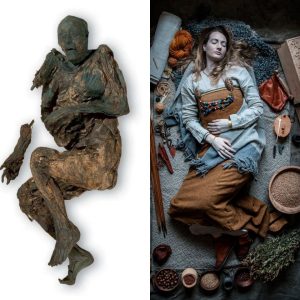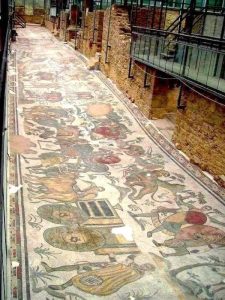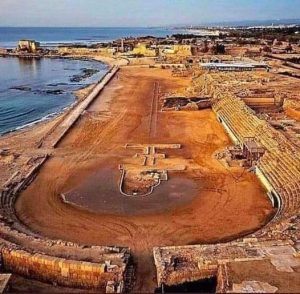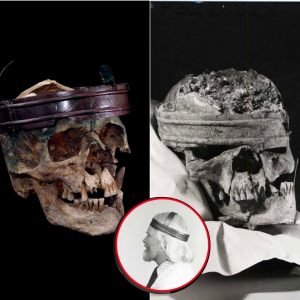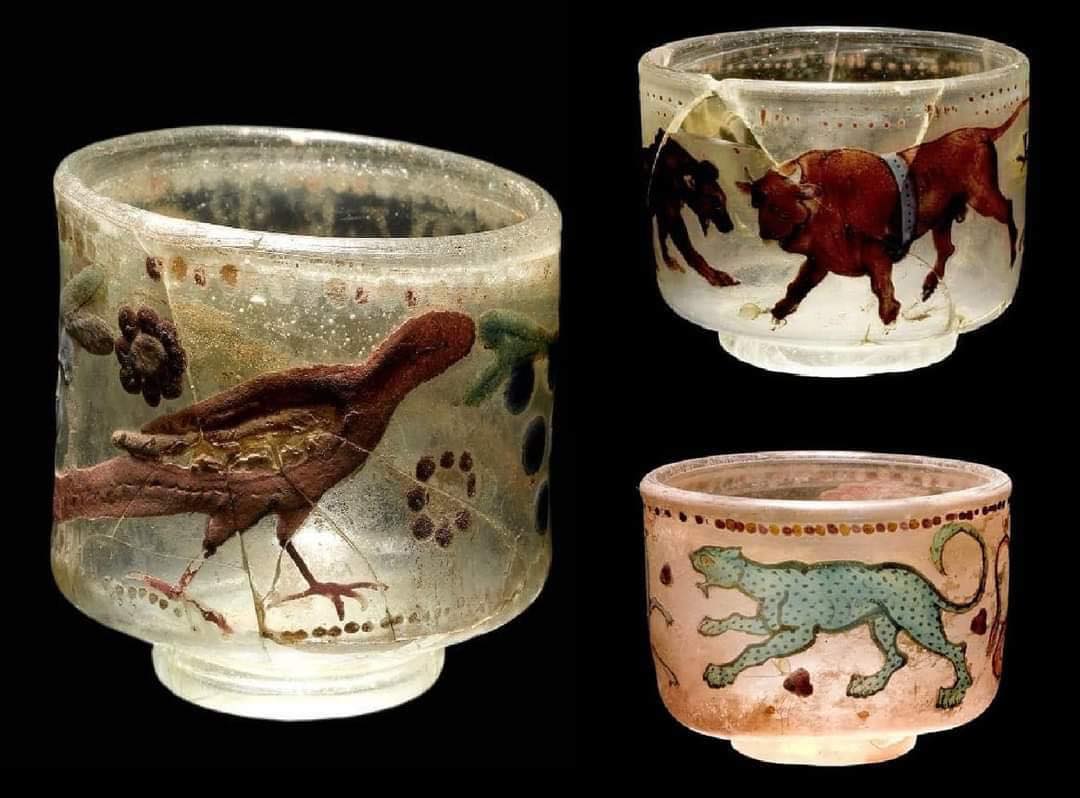
Nestled within princely graves in Denmark lie the remnants of a fascinating ancient artifact known as Circus Cups. Dating back to the 3rd century AD, these Roman glass cups have intrigued archaeologists and historians alike with their exquisite craftsmanship and mysterious origins. In this blog post, we embark on a journey to unravel the secrets of the Circus Cups, exploring their history, significance, and the archaeological insights they offer into the ancient world.
Unveiling the Story of the Circus Cups
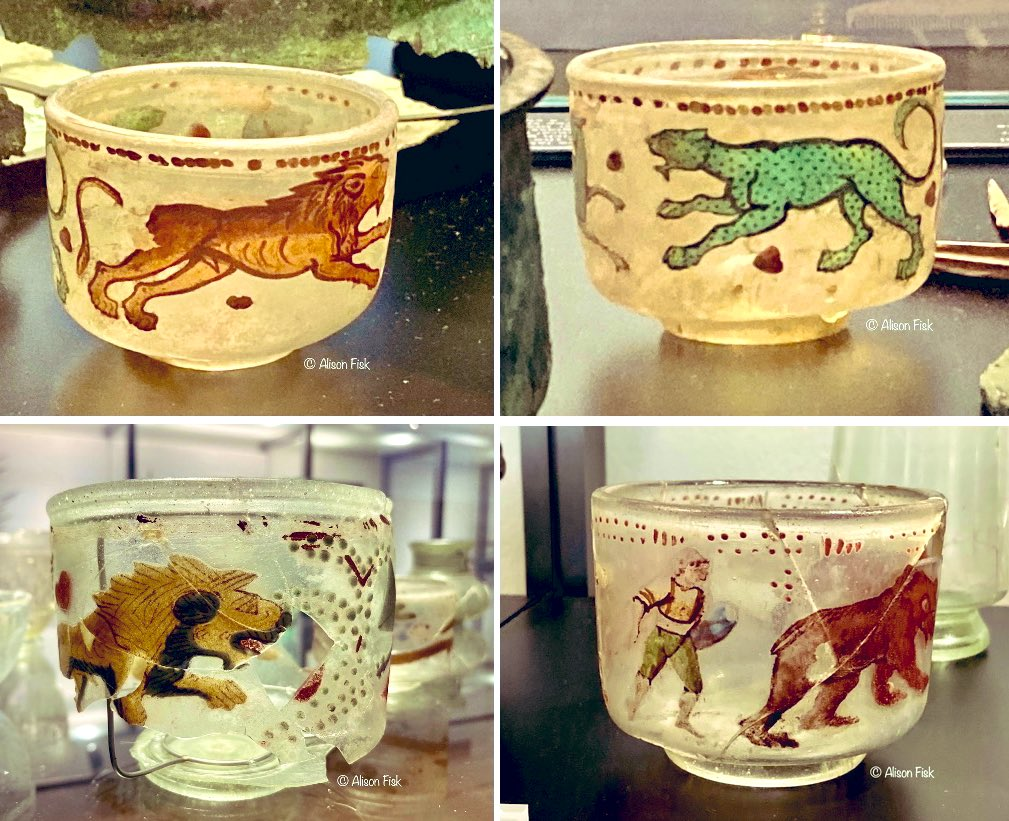
The Circus Cups, so named for their distinctive design featuring scenes from the Roman circus, are a testament to the cultural exchange and trade connections between the Roman Empire and the Nordic regions during antiquity. Crafted from translucent glass, these cups were likely imported from the Roman provinces and found their way into the hands of elite individuals in Danish society, where they were laid to rest alongside other precious grave goods in princely burials.
Each Circus Cup bears intricate depictions of chariot races, gladiatorial combat, and other spectacles typical of the Roman circus, rendered in exquisite detail despite the limitations of the glass medium. These scenes not only showcase the artistic prowess of the craftsmen but also offer a glimpse into the cultural influences and entertainment preferences of the elite class in Nordic society during the Roman period. The presence of Circus Cups in princely graves underscores their significance as symbols of wealth, status, and cosmopolitanism.
Despite the passage of centuries, the Circus Cups have survived remarkably intact, thanks to the durable nature of glass and the careful preservation efforts of archaeologists. Through meticulous excavation and analysis, researchers have been able to glean valuable insights into ancient trade routes, social hierarchies, and artistic trends. The discovery of Circus Cups in Danish graves highlights the interconnectedness of the ancient world and the enduring legacy of Roman influence beyond the borders of the empire.
Preserving the Legacy: A Testament to Ancient Craftsmanship
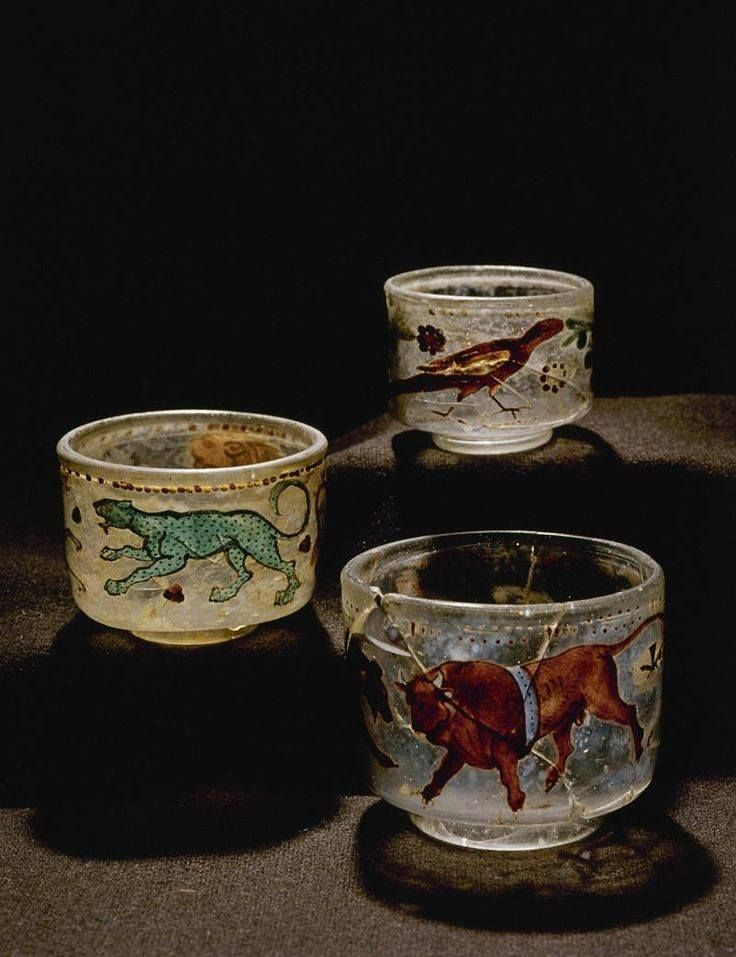
The Circus Cups stand as tangible reminders of the ingenuity and skill of ancient artisans, whose craftsmanship transcended geographical boundaries and cultural divides. As archaeological artifacts, they serve as windows into the past, offering a glimpse into the lives, beliefs, and aspirations of ancient peoples. Through ongoing research and conservation efforts, archaeologists continue to unlock the secrets of the Circus Cups, enriching our understanding of the ancient world and its complexities.
Conclusion: Exploring the Archaeological Significance
In conclusion, the Circus Cups represent more than just exquisite artifacts; they are portals to a bygone era, where the echoes of chariot races and gladiatorial contests reverberate through time. As we marvel at their beauty and significance, we are reminded of the interconnectedness of human civilization and the enduring legacy of cultural exchange and trade. By preserving and studying these remarkable relics, we honor the ingenuity and creativity of our ancestors and gain valuable insights into the rich tapestry of human history.
